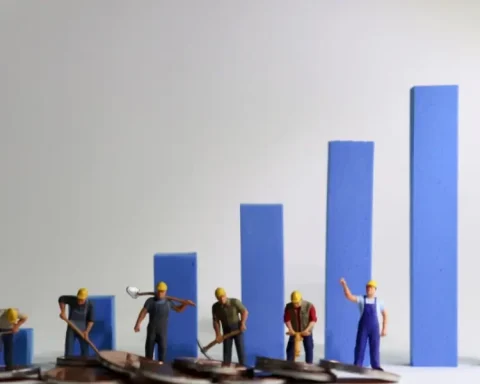With the start of the pandemic, the population suffered a confinement that lasted several weeks. Educational centers switched from one day to the next to what has been called Emergency Remote Teaching (ERT). It was something exceptional, it happened and, therefore, the educational community had to react quickly to continue teaching from their homes.
Teachers from around the world found themselves, overnight, teaching from their own homes and quickly adapting the teaching methodology to remote classes.
To find out the impact of this situation, we have carried out a research in which 936 Spanish teachers from all educational stages participated, to whom we measured their levels of well-being, emotions and motivation.
Specifically, we explore four aspects:
-
The adaptation of face-to-face teaching to Emergency Remote Teaching.
-
changes in well-being.
-
The changes produced in the emotions.
-
changes in motivation.
The results show that the teachers felt an impact on well-being, emotions and motivation, that is, at the three levels analyzed. To learn and draw conclusions from this experience, we seek to answer the following questions.
Did the teachers receive the necessary training?
If it is necessary to change the way of teaching, it is necessary to be trained to be able to do it appropriately to the new needs. It is noteworthy that most of the teachers participating in the study did not receive specific training for Emergency Remote Teaching (ERT), and half of those who did were not satisfied with the training received.
Several research evidence the lack of preparation and support for teachers, something that coincides with our results. In addition, teachers reported that the main challenges were instructional factors and technology.
Have strategies changed?
Regarding instructional strategies, we observed less interaction with students, which resulted in less affective relationship and care for them.
One of the reasons was that a more pressing need had to be addressed: it was necessary to acquire the pedagogical and technological knowledge to teach in a digital remote environment.
A special case was university teaching staff: at this educational stage, the biggest challenge was establishing affective connections with students, despite the fact that this teaching staff was the one with the most experience in digital work platforms (for example, with the fairly widespread use of the Moodle digital platform).
We also found a tendency among younger teachers (under 37 years), with an intermediate level of experience (6–15 years), to reduce the workload of their students.
In addition, teachers of lower socioeconomic status or public school students reported decreased instructional objectives in their courses. In the case of university professors and students of average socioeconomic level, the levels prior to the closure of educational centers were maintained.
Who was most affected?
The teachers who have participated in the study confirm a decrease in their levels of well-being, compared to the previous pre-covid teaching period.
The most affected group is made up of teachers aged 38–45, from primary education, with more experience (16–24 years), women, from public schools and with low-income students.
What emotions have prevailed?
The result of the research clearly shows that the teachers experienced fewer positive emotions and more negative emotions. This is so, even to a greater extent, in primary and secondary teachers, with less than 6 years of experience, women, teachers in public schools and with students from low socioeconomic levels .
The results obtained are in agreement with other previous investigations showing that teachers’ resilience and burnout level were significantly correlated with their attitudes toward technology. In addition, among the emotions experienced by the teachers, the fear of getting sick or losing their job stands out.
What happened to the motivation?
The teachers participating in our research reported low levels of motivation. They were concerned about the well-being of the students, the impact on their learning process and teacher-student interactions. They were also concerned about how school closures were affecting students and their families.
We found differences between the participants. In this way, male and female higher education teachers reported less motivation, as well as teachers with students of medium-low and low socioeconomic status.
Previous research has indicated higher levels of stress and anxiety in women, which could be related to time-consuming activities such as childcare and unpaid housework.
Women, primary and public centers
In conclusion, our study shows that during Emergency Remote Teaching (ERT) teachers made changes at pedagogical and didactic levels due to the stresses of going digital. This put added pressure on teachers at all educational levels. As a consequence, teachers’ well-being, positive emotions and motivation decreased, while negative emotions increased at the same time.
Not all teachers were affected in the same way. Specifically, female teachers, teachers with students of low socioeconomic status, those who teach in public schools and primary and secondary school teachers were the most affected.
Fernando Diez RuizProfessor doctor Faculty of Education and Sport, University of Deusto; Carlos Felipe Rodriguez-Hernandez, Tecnologico de Monterrey; Eneko BalerdiAssociate professor, University of Deusto; Ernest BakerResearcher in educational evaluation, University of Deusto; John Friar, Francisco University of Vitoriaand Leire PinedoPredoctoral researcher in the ERLA team (University of Deusto), University of Deusto
This article was originally published on The Conversation. read the original.
















